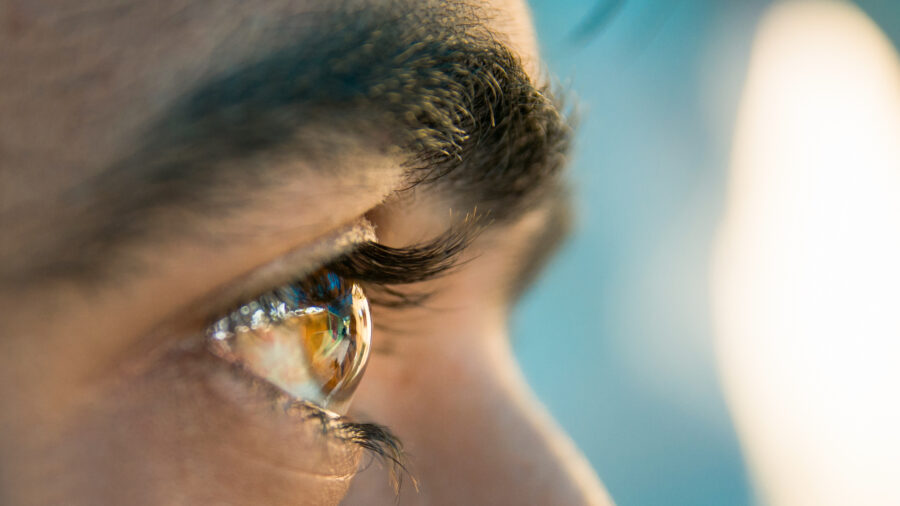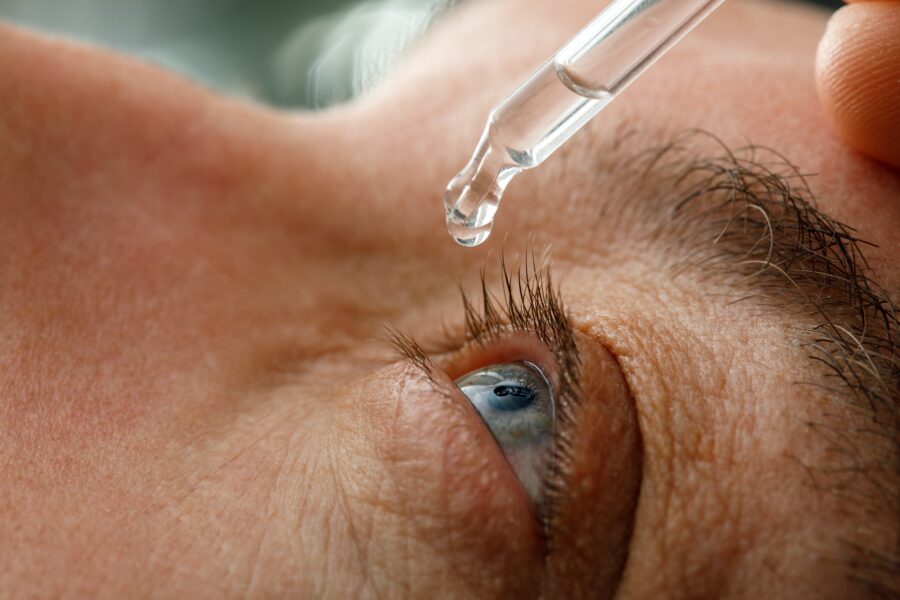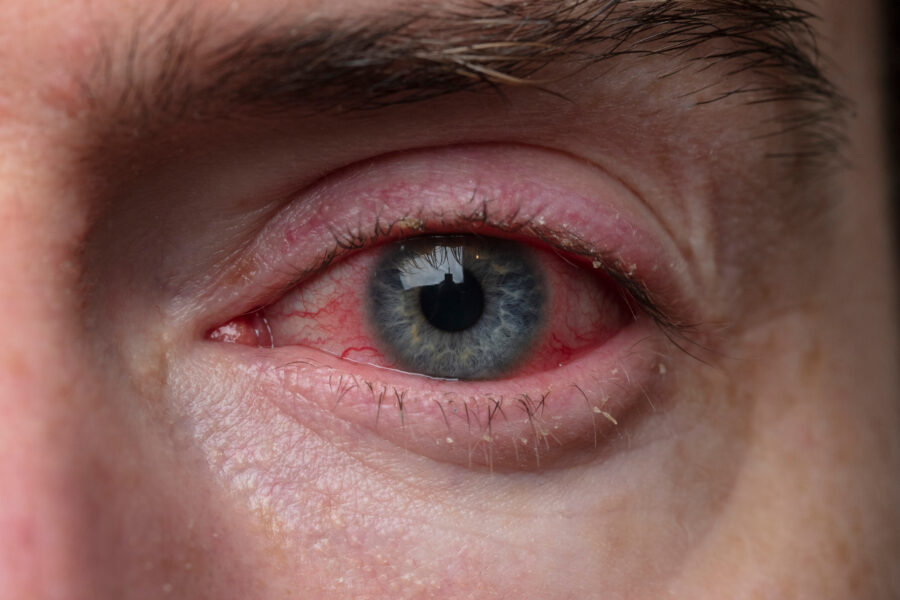Blog post
Chalazion: Definition, Causes, Treatment and Symptoms

Matthew Burford BSc(Hons) Optometry MCOptom - Domiciliary Optician and Professional Services Manager at OutsideClinic
5/6 minutes
What is a chalazion?
A chalazion, also known as an eyelid cyst or meibomian cyst, is a painless lump or swelling on your eyelid caused by a blockage of the meibomian gland. This gland produces oil and contributes to the tear film. The blockage traps oil, leading to an inflammatory response that results in the formation of a lump.
Chalazia (plural of chalazion) are one of the most common eyelid conditions and are typically seen in adults aged 30 to 50 years. However, children and elderly adults can also be affected. There is no definitive evidence of a gender bias, though some studies suggest a slight predominance in females, potentially due to makeup use, which may lead to gland blockage (Lo & Wu, 2013b).
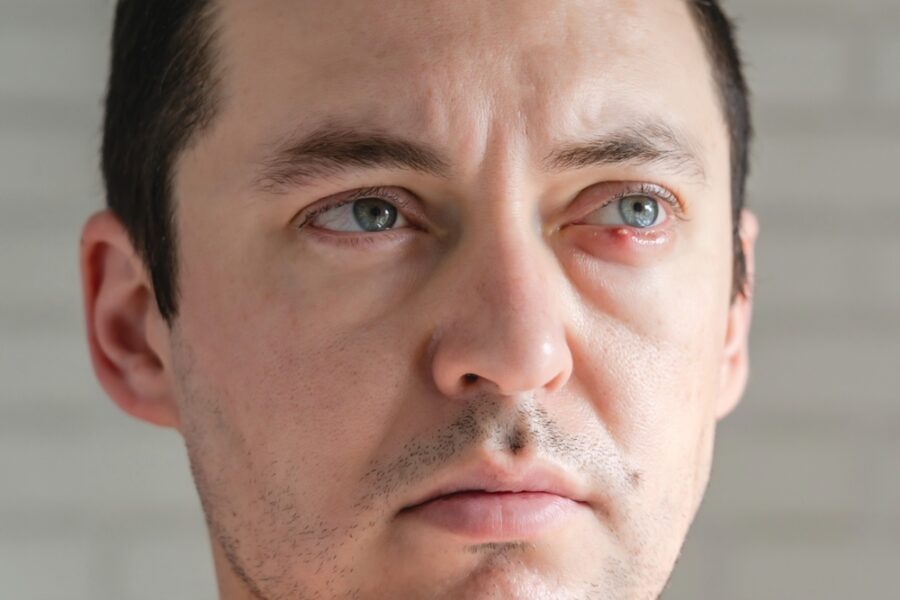
Chalazion vs. Stye: What’s the difference?
Chalazia and styes are often confused, but they are medically distinct conditions. While they share similarities in location, their causes and symptoms differ.
- A stye is an acute, painful red lump on your eyelid caused by a bacterial infection. It often produces discharge and resolves quickly, sometimes spontaneously.
- A chalazion is a painless, firm lump caused by a blocked meibomian gland and is not associated with infection. Chalazia grow gradually over weeks and may persist without treatment.
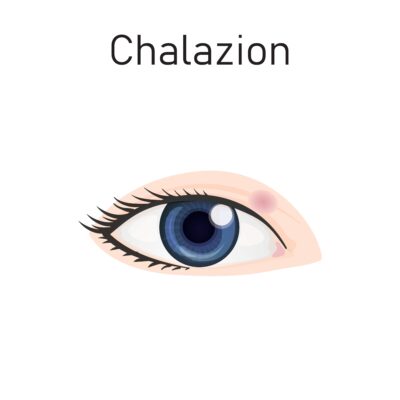
What causes a chalazion?
- Blockage of the meibomian glands.
- Chronic eyelid conditions such as blepharitis or meibomian gland dysfunction.
- Poor hygiene related to contact lens use or makeup.
- Rosacea: This skin condition, which causes facial redness, may predispose individuals to meibomian gland issues.
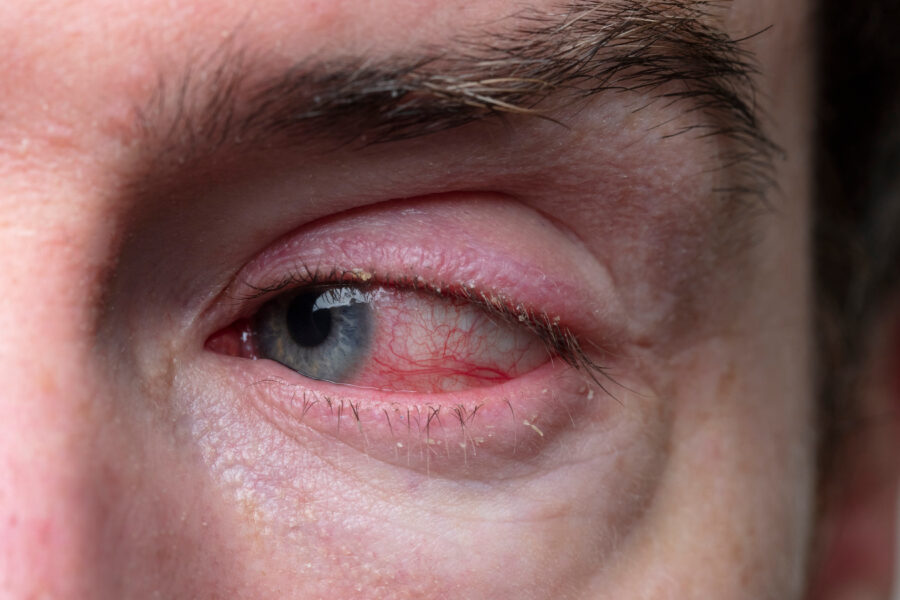
What are the symptoms of a chalazion?
- A painless swelling in the upper or lower eyelid.
- Gradual increase in size over weeks.
- Blurred vision if the lump presses on the cornea.
- A feeling of heaviness in the affected eyelid.
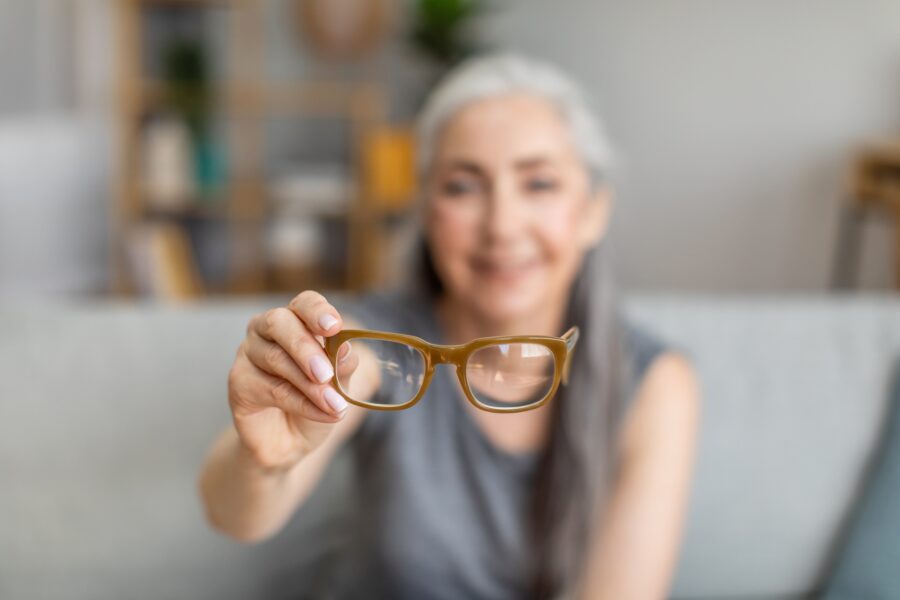
How can you treat a chalazion?
Treatment options range from home remedies to clinical procedures:
- Compression: Apply a warm cloth to the affected eyelid for 10–15 minutes at a time, 2–4 times a day. This can help soften the trapped oil and encourage drainage.
- Massage: Gently massage the eyelid after applying a warm compress to promote further drainage of the gland.
- Medications: If inflammation occurs, topical antibiotics or steroids may be prescribed. Consult your local healthcare provider for more information.
- Procedures: For persistent or large chalazia, a medical procedure such as incision and curettage may be required. This involves making a small incision in the eyelid, removing the contents of the chalazion, and cleaning the area.
Can you prevent a chalazion?
Preventing chalazia involves maintaining consistent and thorough eyelid hygiene to keep the meibomian glands functioning properly.
- Regularly use warm compresses to remove debris or dirt from your eyelids.
- Clean makeup tools frequently and avoid using expired products to reduce irritation and contamination risks.
- Address underlying conditions like rosacea or blepharitis by visiting your healthcare provider, as these can predispose you to recurrent chalazia.
- Schedule follow-up appointments with your optometrist if symptoms persist or issues recur to prevent future complications.
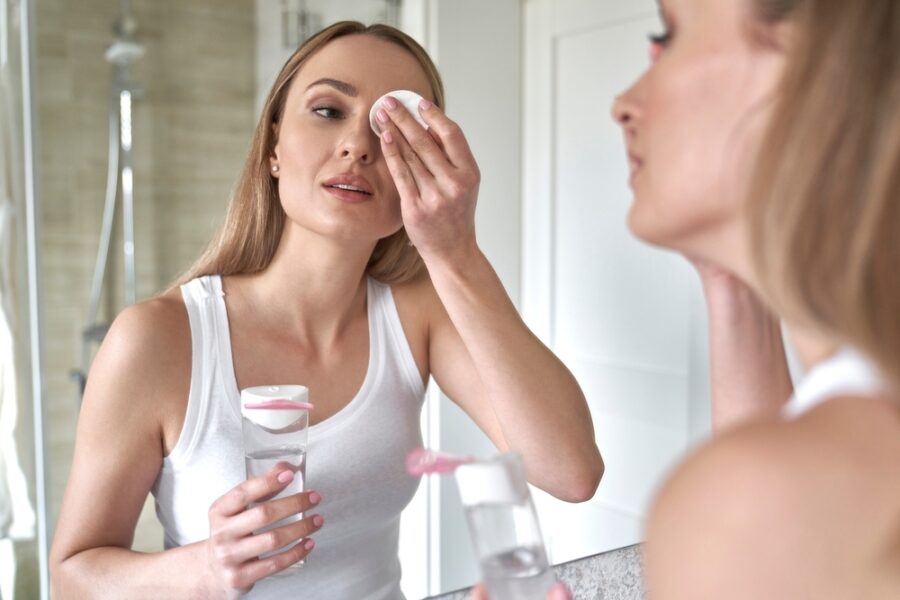

By Matthew Burford BSc(Hons) Optometry MCOptom - Domiciliary Optician and Professional Services Manager at OutsideClinic
Matthew graduated from Aston University in 2004 with a degree in Optometry.
